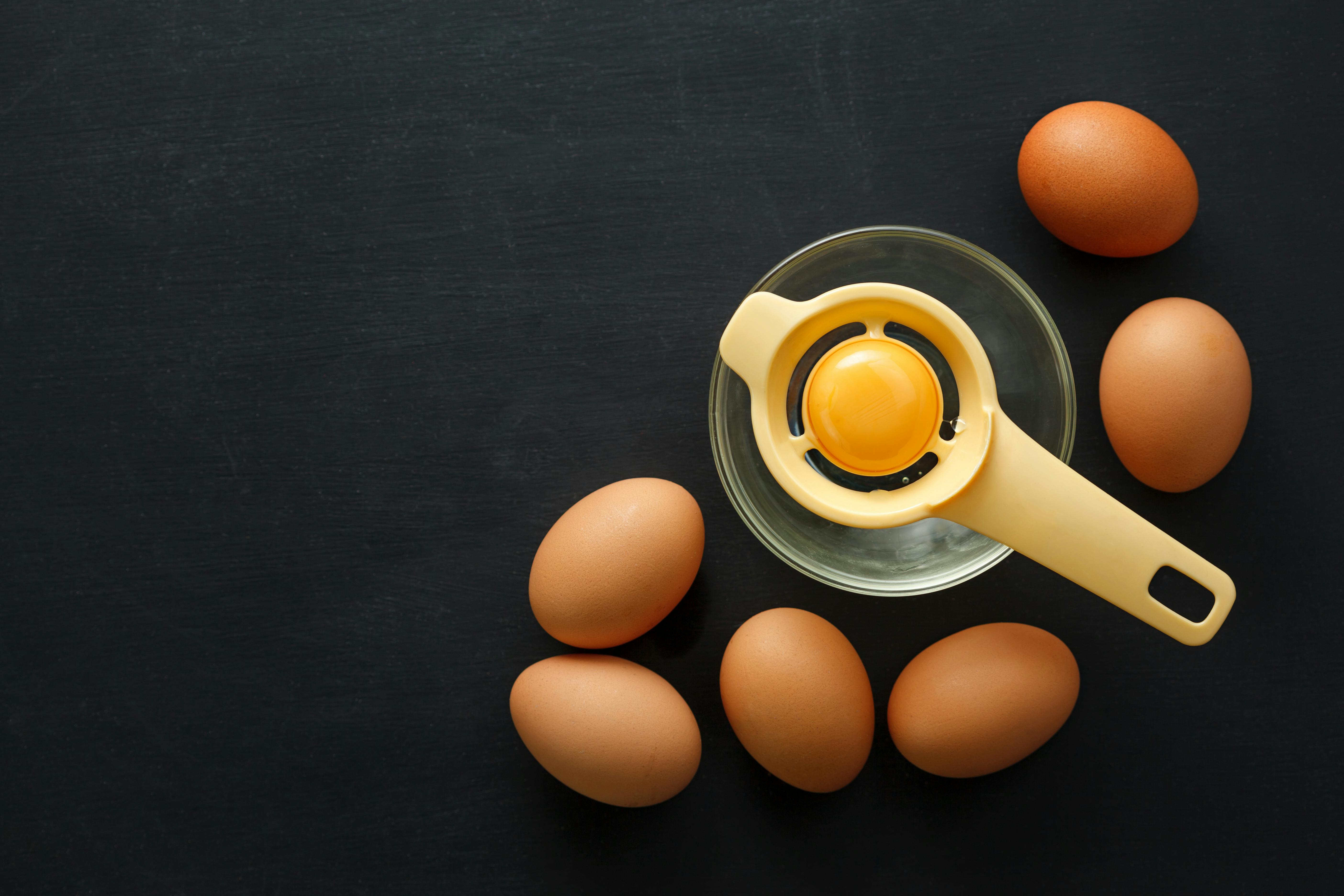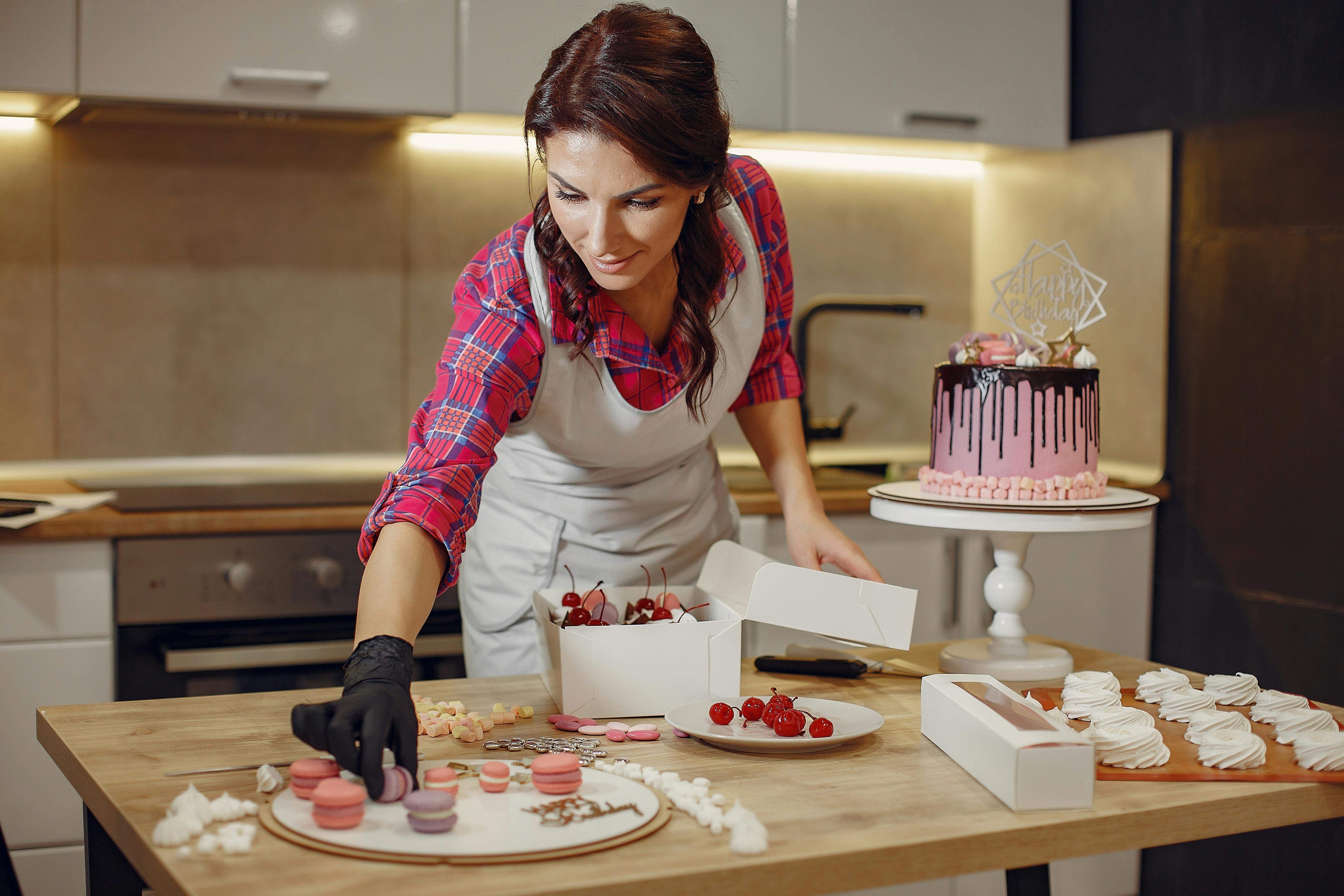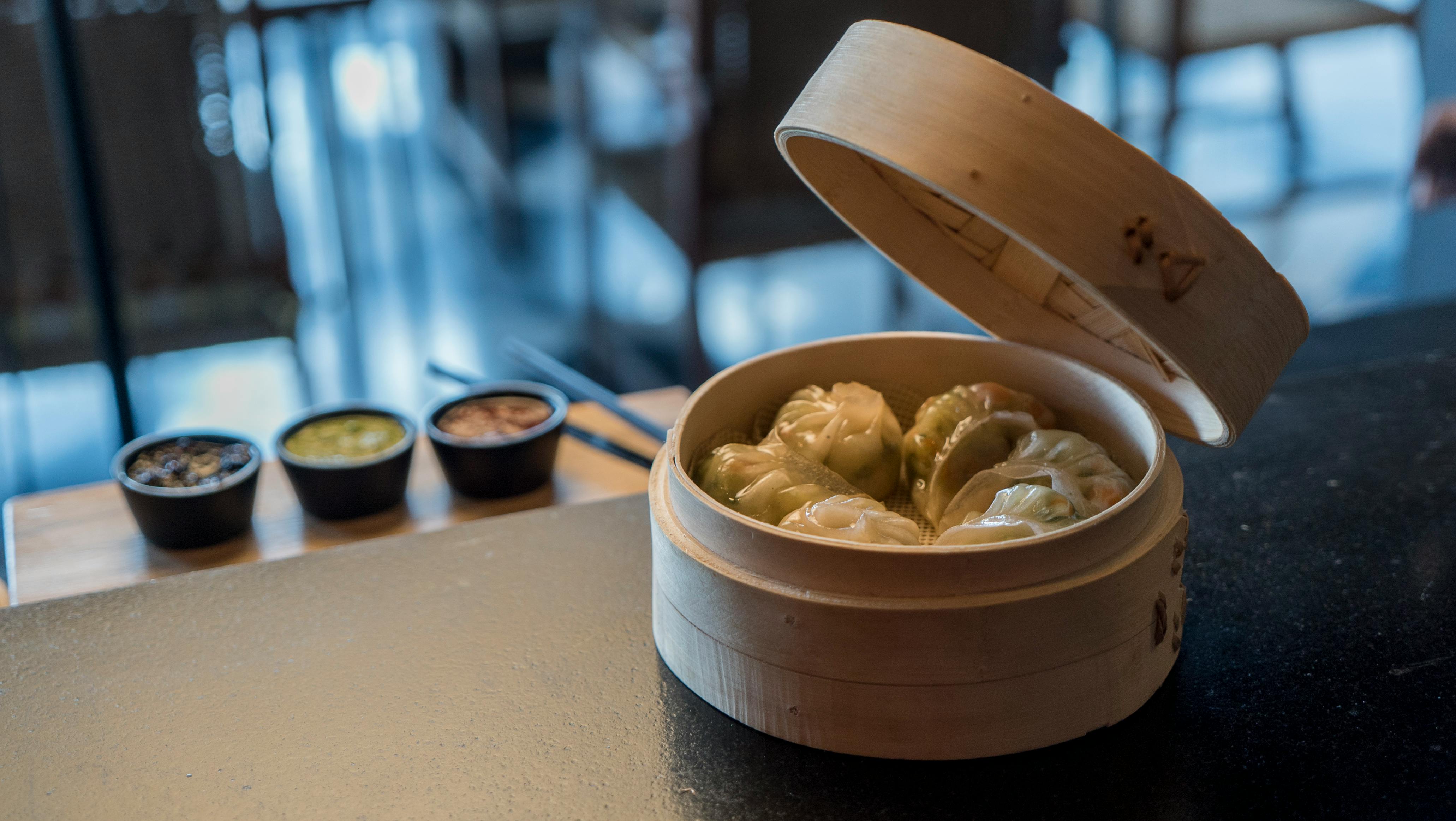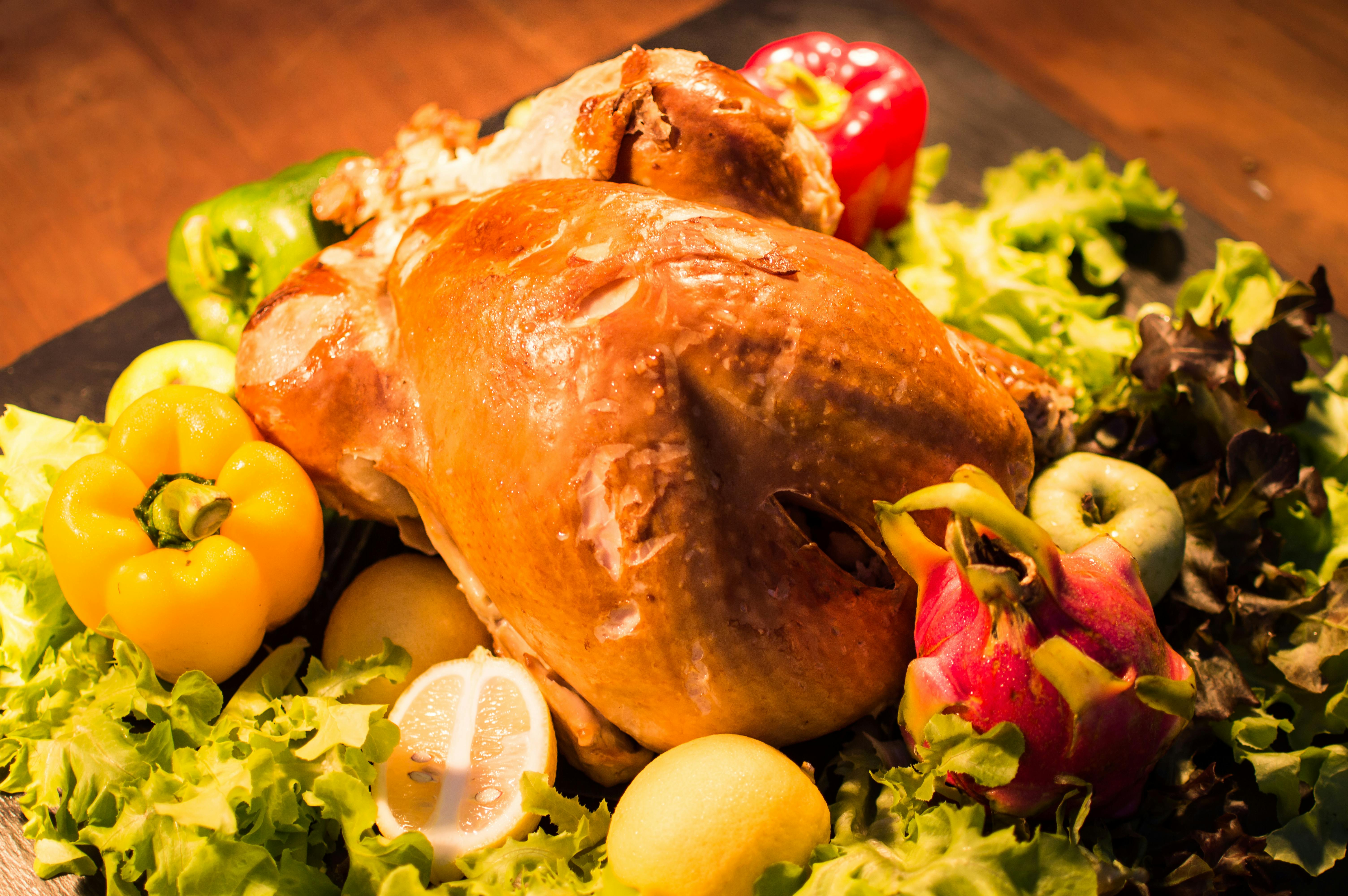A volcano is actually formed when molten rock, ash, and gases are spewed from a break in the earth’s crust. As the molten lava that collects around the rupture solidifies, the volcanic mountain structure forms. The homeschooling programs that I design always consist of activities that involve the creation and operation of a volcano.
Some structures are cone shaped as the lava is thicker and solidifies before traveling far enough. Some structures are flatter, as the lava is thinner and travels over a larger area before turning solid. Then there are also the volcanoes that erupt at the bottom of the sea and spew lava above the water level. In some places islands have formed in the sea due to volcanic eruptions. In the homeschooling programs that I design, I teach children to build conical or mountain-shaped volcanoes.
Some volcanoes erupt over and over again and are called active volcanoes. There are some that have shown a history of eruption after a long time span of about a hundred years, and they are called dormant volcanoes. Then there are some volcanoes that erupted hundreds of years ago, and scientists feel they will never erupt again: extinct volcanoes.
Today I will show you how to build your own volcano and make it erupt. Homeschooling programs are fun because they allow you to do this at a table or on your kitchen island.
First you will have to build the structure of the volcano.
The Structure of the Volcano: In a mixing bowl, take two cups of flour, two cups of soil, one cup of sand, and one cup of salt. Now add lukewarm water slowly and start mixing the contents to form a stiff dough. Remember to add water slowly or else you may get a thin paste. If the mixture is thin, add more flour as per requirement and mix well. Once the required consistency is reached, you need to start building the structure of the volcano.
Make a mound of the dough on a cookie sheet. When the dough is still moist, cut a piece of dough from the top of the mountain to make a hole, about the size of a Dixie cup. Now run a thin iron rod from the base of this Dixie cup hole to the bottom of the coaster to form a thin tubular channel connecting the Dixie cup hole to the base of the coaster.
Insert a thin tube through this channel so that it comes out under the base of the coaster and there is still a spare tube in the base of the coaster. Now one end of the tube is attached to the bottom of the hole and the other end is free. Attach a rubber bulb pump to the free end.
Make sure the base of the volcano is sealed to the cookie sheet so that no reagent leaks out of the base.
The Reagents: Fill a bucket halfway with warm water and add one cup of liquid soap and two cups of baking soda. Gently mix the solution without foaming. Fill another bucket halfway with warm water and add a cup of aluminum sulfate (found in the garden area of your hardware store) and some red food coloring. Stir gently.
The Reaction: We have prepared two solutions. When the two solutions mix in the volcano cavity, you will see red lava pouring out of the volcano. As the lava flows, press the bulb and watch the volcano spew lava into the air.
After pressing the rubber bulb, immediately remove the bulb and clamp the tube with a metal clamp to prevent the foamy liquid from being sucked into the bulb. You can put the bulb back in and repeat the action to continue vomiting.
Homeschooling programs use volcanoes to teach how two or more reactants combine chemically to form substances that are different and give off gases.
The “Homeschool Parent’s Guide to Teaching Science” is full of great science experiments and activities. Get your copy by clicking the link below.




